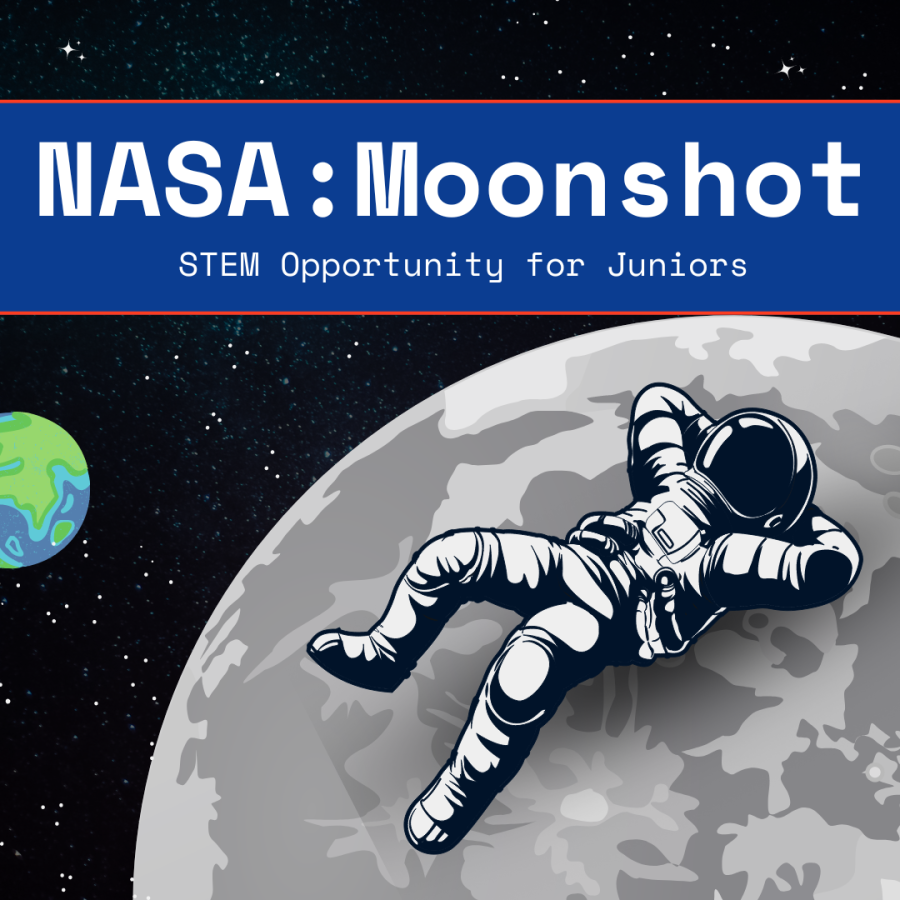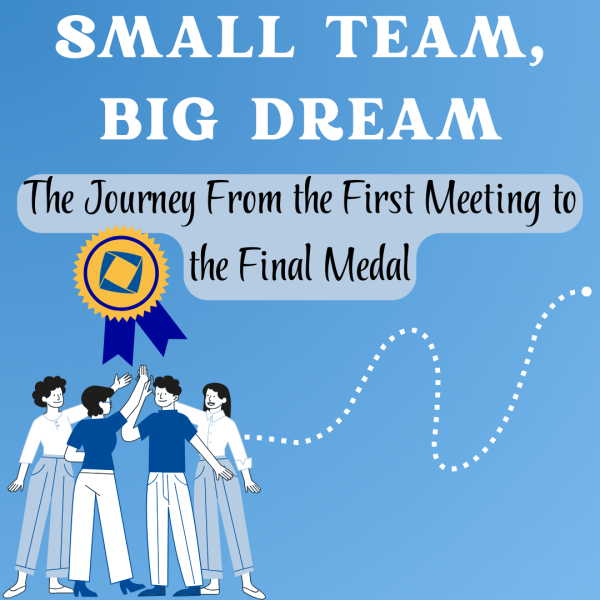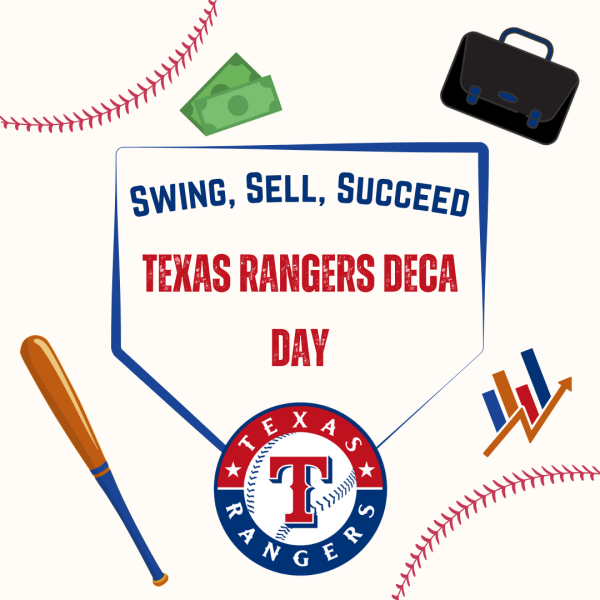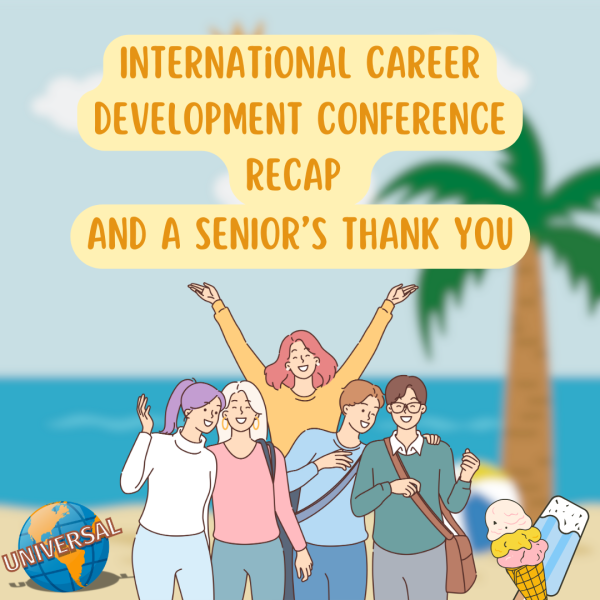ATTENTION ALL JUNIORS: A WORTHWHILE EXPERIENCE IN THE FIELD OF ENGINEERING
What is NASA High School Aerospace Scholars?
When looking into college and possibly just trying to explore different career paths, you have probably come to understand that you should be participating in different extracurricular activities. It may be hard to find these opportunities, especially ones that are of any value to your college and career goals. If this is you then fear no more, because this rigorous, intensive, and prestigious program called “NASA High School Aerospace Scholars” will allow you to further explore your STEAM interests and will look absolutely amazing on college applications! NASA High School Aerospace Scholars has two parts: An online portion AND a simulated gamified experience. In the online portion you will have four Canvas modules. Each module will have a different goal. A few examples of these goals are “Getting There”, “Working There”, or “Living There.” “There” refers to the moon. With the focus of the program being to get BACK to the moon since this is NASA’s current goal with the Artemis Generation. If you would like to learn more about the online portion, check out my previous article. However, in this article, we will be focusing on the summer portion of the program: Moonshot.
Introduction to Moonshot
What exactly is Moonshot? What will you do? How much time will be dedicated to this program? With whom will you collaborate? First of all, you must know that the program has two available Moonshot participation weeks that are both typically offered in the month of June–after the completion of the online portion. Both weeks are essentially the same, but you will pick whichever one works best with your schedule. Upon signing up and confirming your spot in your given week, you will receive an email about what team you are on. For now, you won’t know who your teammates are but on the Monday of your Moonshot week, you will slowly get to know your teammates. Each team will have 10-12 people some of which may not show up/participate. Before Monday you will receive the program schedule. This will allow you to see what NEEDS to be completed each day of the week. Every day will start at around 7:00 am and end at about 6:00 pm, which is a total of eleven hours with very few breaks in between. The first thing you will notice is that you are put in a group chat with your teammates and put into a Canvas course that you and your teammates will be completing together. Each day, you will attend required meetings with your teammates, your mentor, and sometimes your NASA Consultant who has actual experience working for NASA.
Day 1: Who is on your team? What is your mission?
The first part of Day 1 will be for participants to get to know their teammates and also tp get familiar with their team’s assigned tasks. To get to know their teammates they will first create a video to introduce themselves through a plugin in the Canvas course. In addition, participants and their teams will have specific Day 1 tasks such as creating a team name, designing the team badge, assigning specific roles, and researching basic information about the team’s assigned task. To complete these together there will be a Padlet installed in the Canvas course where teammates can post the team name and team badge and everyone in the team will type “agree”. For most of Day 1, participants will be on video calls with their teams while trying to figure out how exactly to work everything in the system and by discussing the details of what they need to do to successfully finish Day 1 and be prepared for their final project. Some examples of team-specific missions include getting to lunar orbit, getting to the lunar surface, working on the moon, and living on the moon. One of these specific tasks will be the team’s major focus for the week. With these tasks, participants and their teammates will discuss who would be a better fit for certain roles and nominate the leaders of the group. Additionally, they will also be made aware of the final goal of the program which is to submit a final Preliminary Design Review (PDR) presentation about the team’s given mission. The course’s handbook includes a rubric that will give participants and their teams more information to be able to best plan how they want to implement the final PDR. Day 1 will end with a meeting with the team’s mentor to check up on the team’s progress and tell the team what their goals for Day 2 will be.
Day 2: Talking to professionals and planning your project
During Day 2 participants will continue to have video calls with their teammates and work with them simultaneously on the different tasks in the Canvas course. Some tasks for Day 2 may include interacting with other teams via discussion posts, planning out your final PDR, and detailing exactly how you and your team will complete the requirements for the PDR to be submitted by the Friday deadline. The leaders of your team that were chosen on Day 1 will use the resources provided to them to lead the group to success. As a leader for my team myself, I will say that leadership is NOT for everyone. Participants should only nominate themselves if they are really able to dedicate extra hours outside of the 11 hours each day to lead their team to success. This being said, leaders will also be in charge of discussing with other teams that they are technically competing against but will also work with them for a bigger overarching mission. Interactions with other team leaders will also occur over video chats and will entail discussing specific overlaps in your mission goals so that you can have a fluid overarching mission success. Additionally, during Day 2, participants will also get to discuss more with their team’s dedicated NASA consultant and ask them any questions they might have relating to the success of their mission. This will allow them to better understand how to work with someone with more authority and experience than them and will prove valuable to them even after the conclusion of the program. Like Day 1, Day 2 will end with the team’s mentor detailing the next day’s duties and congratulating you on your (hopefully) successful Day 2. After this meeting, leaders may work after hours to prepare the team for tomorrow. Note that this will be scheduled by the leaders themselves and are completely external to the actual requirements of the program.
Day 3: Working on the project and attending workshops
Day 3 is the halfway point of the program where participants should be familiar with the procedures needed to go about their day. As always the day ahead has specific tasks that will be needed to be completed by the end of the day. The meeting with teammates in the morning will allow participants to plan with their teammates for the day ahead. During Day 3, participants will have a bunch of mission-specific research that will need to be done by their team. Additionally, there will be meetings with the organizers of the program where there will be guest speakers that will share about their current job at NASA. There will also be webinars on what to do after the conclusion of the program, such as where to find internships, scholarships, and more career and schooling opportunities! Day 3 is more of a preparation for the busy day to come and is when participants will be starting their assigned tasks for the final PDR.
Day 4: Finishing up PDR and attending special presentations
Day 4 is probably the most important day as you will be wrapping up presentations for the team’s final PDR to be submitted on Day 5. The roles that were assigned on Day 1 detail what each team member will be doing to get the final PDR done and submitted on the morning of Day 5. Some jobs may include using the research from days 1-3 to make slides and a speech related to said topics, introducing the rocket design including all the added features of the rocket, and explaining the team’s overlap with other teams’ work. During this day there won’t be as many meetings as the teams are trying to complete the presentation so that they can submit it before the deadline. Some teams may even work until midnight attempting to finish on time.
Day 5: Finalizing presentation and submit!
During the rigorous Day 4, teams should have already finished the bulk of their presentation and will possibly only need to polish a few things to get the PDR into the dropbox by the early morning deadline. After the conclusion of Day 5, successful participants will receive an email about a ceremony to honor those that have successfully finished and graduated from the whole program.
Click here to view my team’s final PDR
Moonshot Conclusion
With the conclusion of Moonshot–whether participants have successfully finished or not– everyone should be proud of themselves as it wasn’t easy to even be invited to this portion of the program let alone dedicate hours to it. After the conclusion of both Moonshot weeks, there will be a ceremony honoring the graduates. This is where participants will also find out the winning teams from each week of participants. Whether your team has won or not you will be able to use HAS to brag about your partnership with NASA on scholarship and college applications which will surely help you. Overall, NASA High School Aerospace Scholars is probably one of the best extracurriculars for resumes, college applications, and just for the experience in general. So, if you’re interested in adding an amazing STEAM opportunity to your experience, keep an eye out on this site so that you can sign up during the September of your junior year as this program will SURELY help you succeed when applying to colleges and will also provide you with skills for your future career.
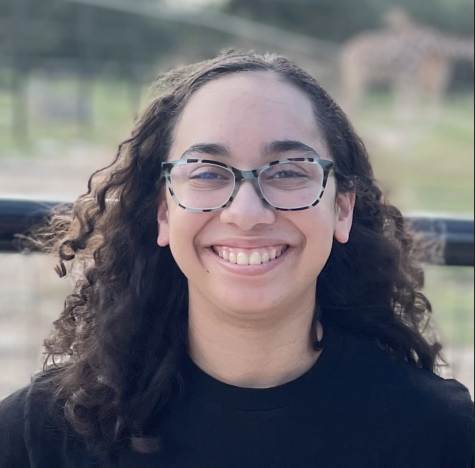
Hello everyone! My name is JoElle Coats and this is my 7th year and final year at iUniversity Prep. I am so excited to be able to help you...


